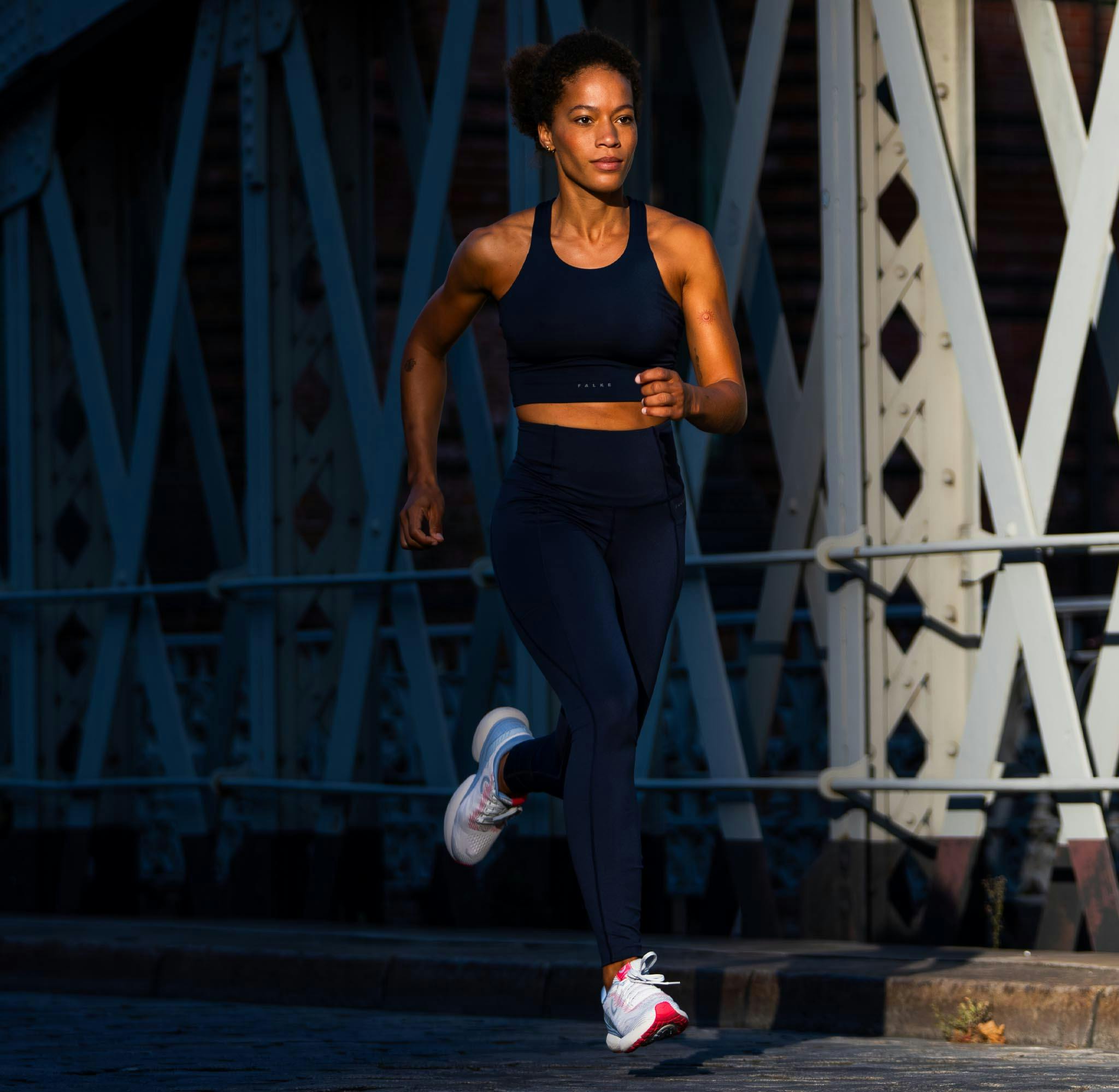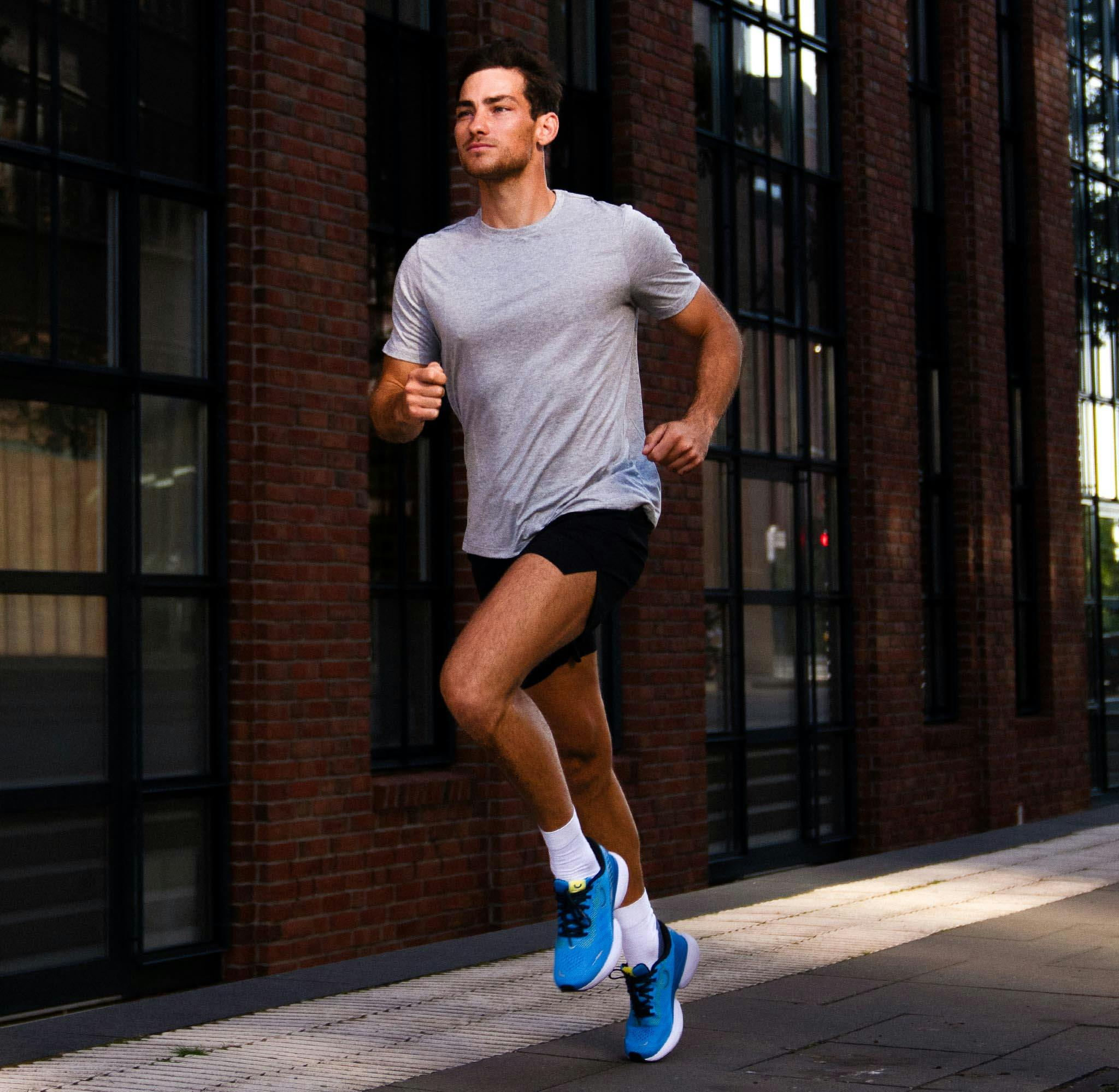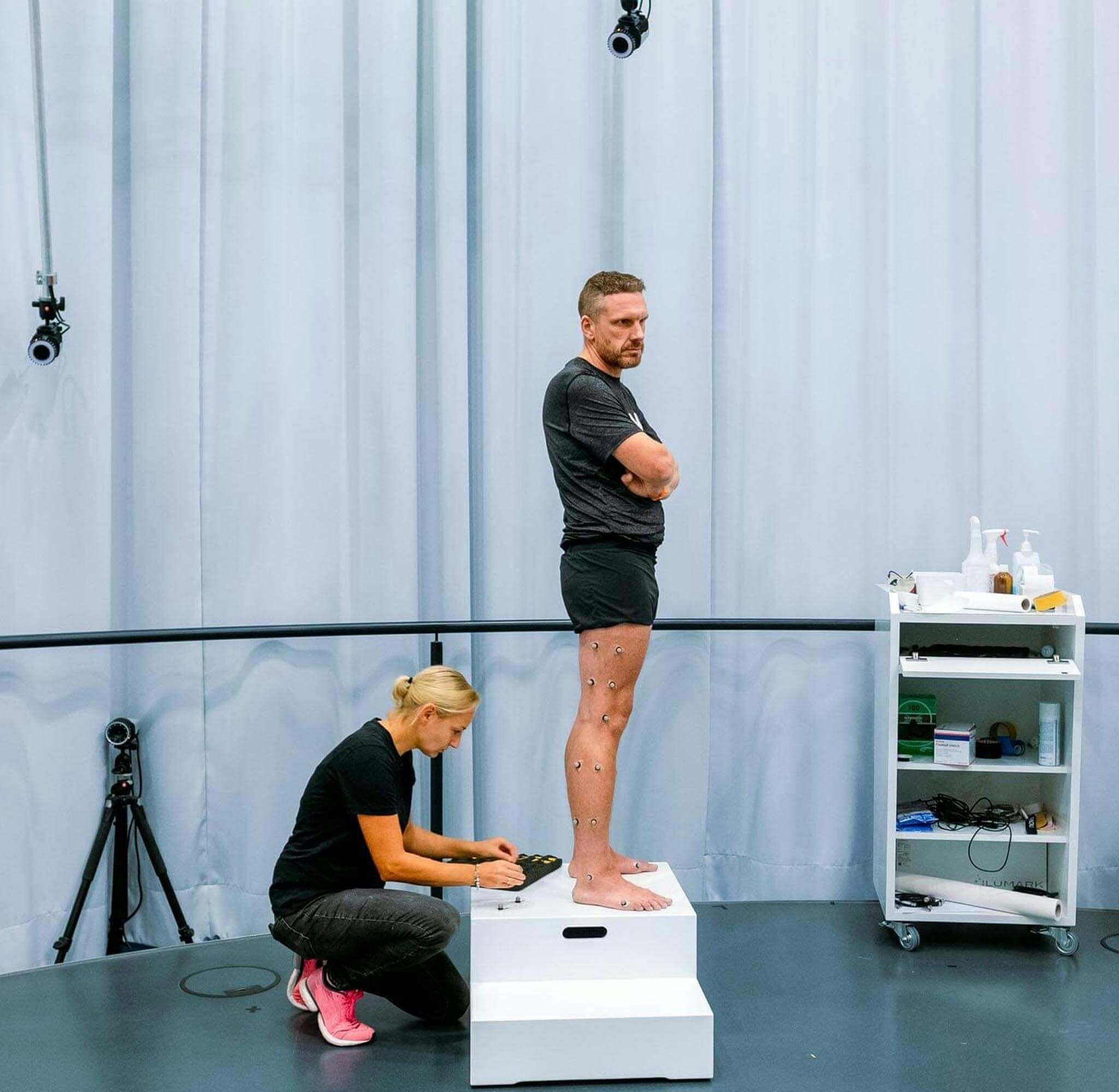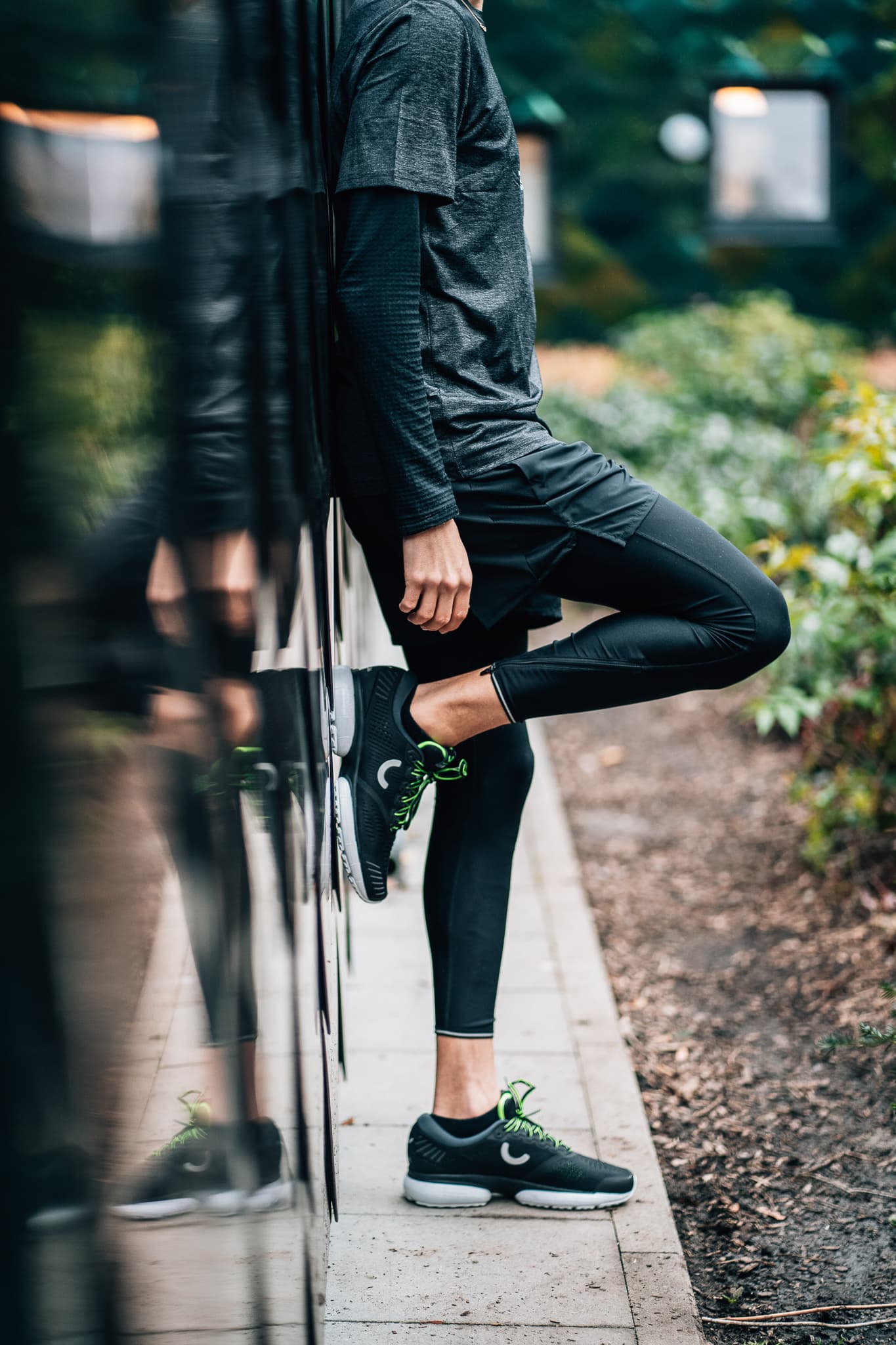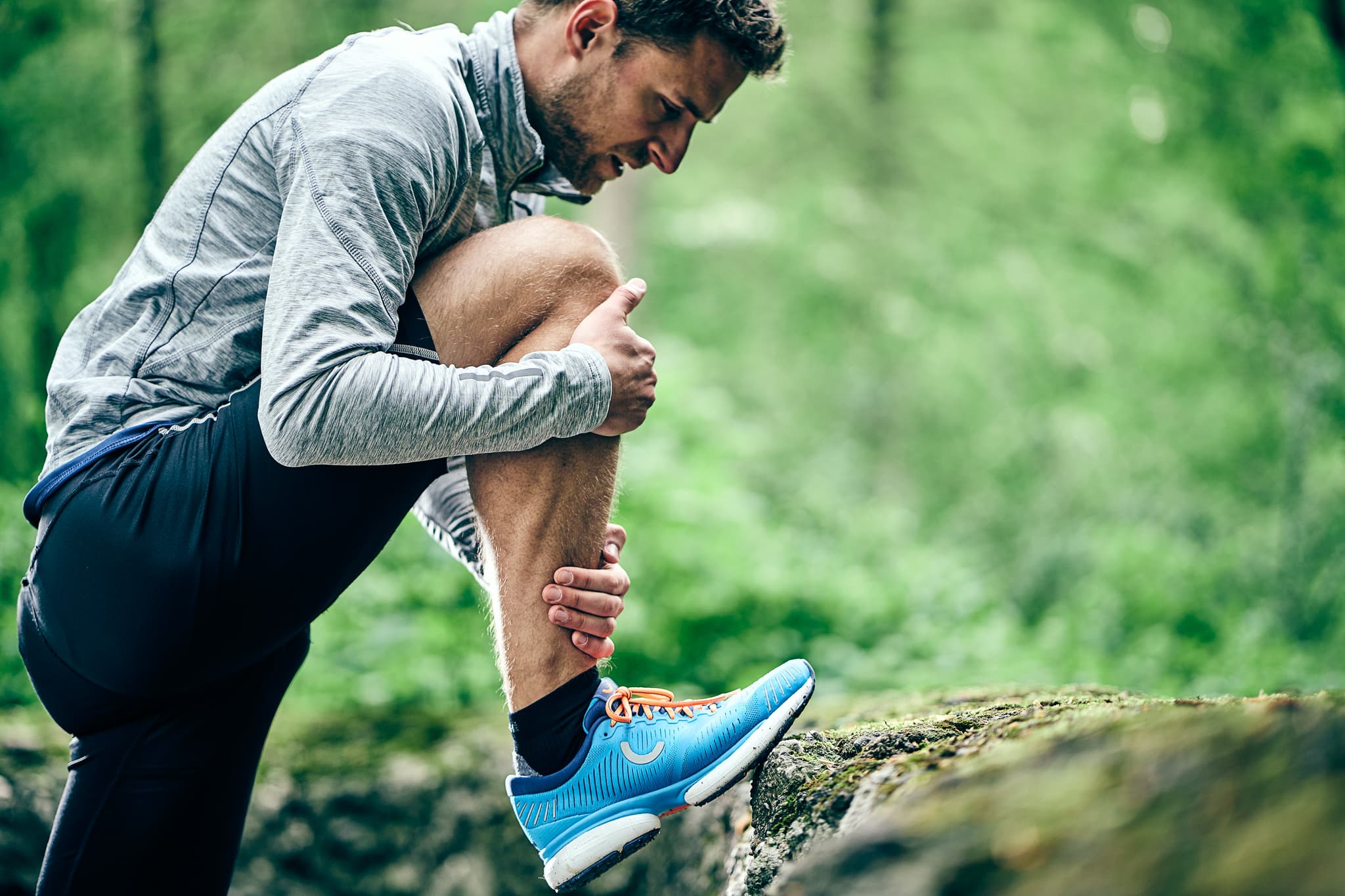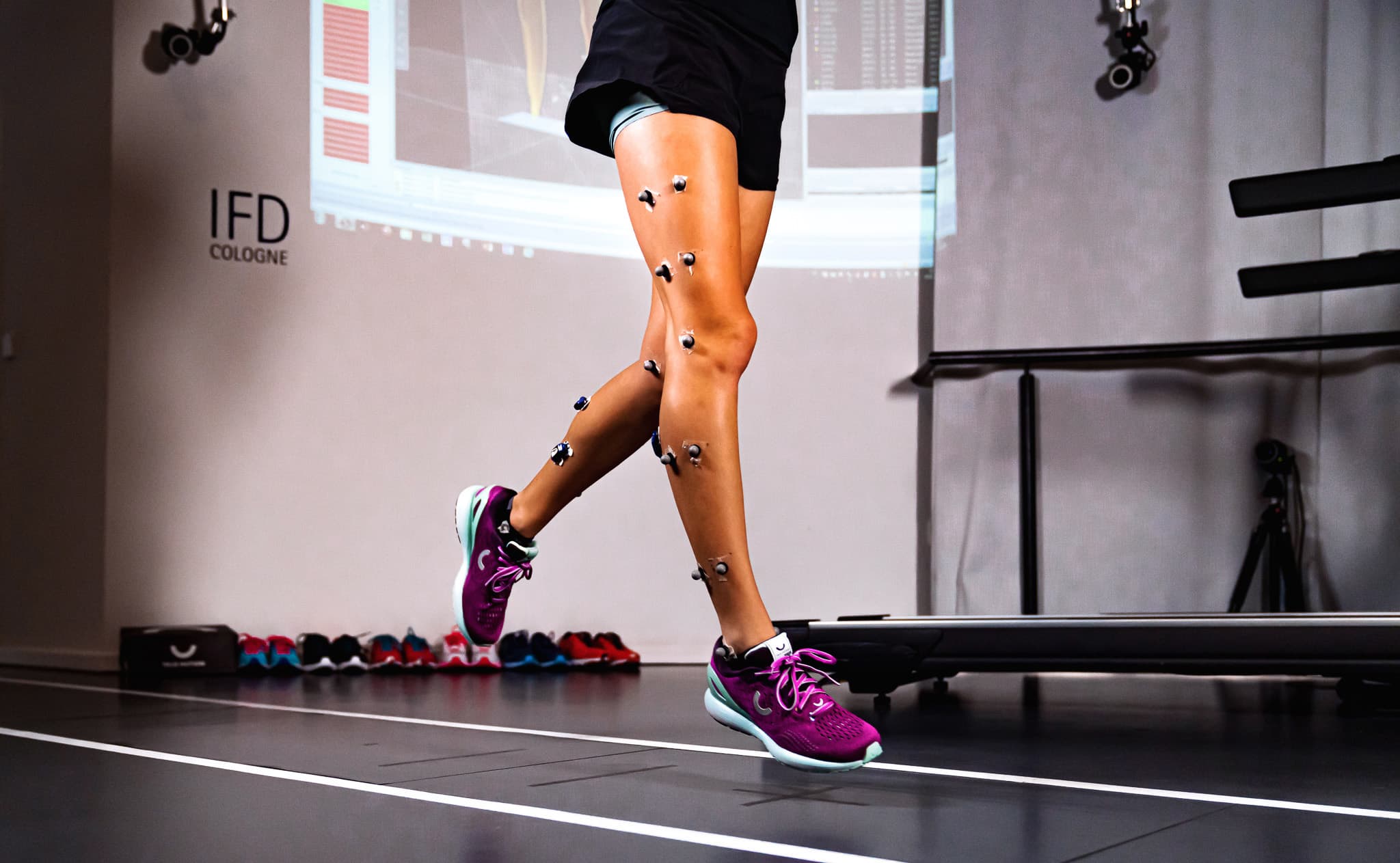
Myth Overpronation – Why Pronation Is Not Bad, but Quite Natural
22nd October 2021
Overpronation, supination, neutral stride – you will read or hear these terms everywhere when you start looking into buying a running shoe; on the Internet, from retailers, or from friends. If you overpronate or supinate while running you will risk your health – and you will need running shoes that stabilize your feet, they say. Above all, running shoes with medial posts are supposed to protect us from running injuries. So far, so good. However, the number of running-related injuries has remained at the same level for years. What’s behind the overpronation myth then? A journey into the history of running shoe development.
Content:
The running boom put the focus on comfort, performance, and injury reduction
Overpronation as the eternal enemy of runners
What exactly do we mean by overpronation anyway?
Stability shoes with medial posts as an (incorrect) answer to supination and overpronation
Proper running shoes reduce the risk of injury
Many of us live dangerously. Very dangerously, in fact. At least if we believe a widespread myth. If your feet roll inward while running, you suffer from so-called overpronation. In such cases, it is said, only very specific running shoes can help – namely running shoes with medial posts.
Such so-called stability shoes are primarily intended to do one thing; they give runners a secure feeling when running. With the help of rigid, inflexible foam elements on the outside or inside of the running shoe under the arch of the foot, they prevent the foot from rolling inward or outward when transitioning. This is precisely where many running shoe experts suspected a high risk of injury for many years. No wonder, after all, inward-rolling feet look hazardous. Their goal was to prevent running injuries with stability shoes.
However, little has changed since then. The number of injured runners remains high, and the knee is particularly frequently affected. Today, it is clear: overpronation is not the reason for running-related injuries. “Pronation and supination are simply the movements in the lower ankle joint around the subtalar axis,” explains Gert-Peter Brüggemann, professor of biomechanics and co-founder of True Motion. “Pronation is like breathing, entirely natural and vital,” adds Andre Kriwet, running shoe developer and also co-founder of True Motion.
And yet, the myth that overpronators or supinators endanger their health when running persists. But why is that? The history of running shoe development provides answers.
The running boom put the focus on comfort, performance, and injury reduction
When running became the new trend sport in the 1970s and 1980s, the running shoe industry also boomed. Customers were increasingly looking for innovations. The idea that, in the long run, all that running would have to strain or even overexert the human body became established – not only among athletes, but also in the running shoe industry. There was no evidence at the time. Only assumptions.
“Overpronation is not the reason for running-related injuries”
But these were enough to fuel a true competition – for the most innovative, the fastest, or the most comfortable running shoe. From then on, the sports and running shoe industry focused entirely on three concepts that still apply today: comfort, performance, and injury prevention.
While over time the development of new running shoes has been driven more and more by science, this was not the case in the early boom years. The running shoe developers tried and tinkered. To increase comfort, they improved the cushioning. This way, they hoped to get a grip on the increasing number of running injuries.
The idea behind this was quite simple: if running shoes can reduce the impact on the foot by providing lots of cushioning, the number of injuries should also decrease. But this was not the case. Since the 1990s, we have known that although cushioning noticeably increases comfort, it does not reduce the number of running injuries.
Overpronation as the eternal enemy of runners
For a few years, the topic of running injuries was temporarily forgotten – until technology was able to take high-speed pictures of runners. For the first time, the running shoe industry, retailers, and later athletes too were able to marvel at the foot rolling inward or outward right there in the store. “That looked unhealthy or even hazardous, of course,” recalls Andre Kriwet.
Many experts in the running shoe industry then suspected that overpronation must have an effect on the susceptibility to injury during running. However, they were never able to scientifically prove it. “As a result, overpronation evolved into the enemy of all runners – and that’s exactly what it still is for many today,” says running shoe developer Kriwet.
What exactly do we mean by overpronation anyway?
The fact that overpronation was identified as the culprit was therefore mainly due to the fact that the inward-rolling movement was an easily understandable problem. “However, pronation is a completely natural movement,” explains Prof. Brüggemann. For one thing, it absorbs the shock when the feet hit the ground. On the other hand, it stores elastic energy to release it later when the foot pushes off. It is therefore part of our very personal running style.
“If we didn’t pronate, we wouldn’t be human,” says Andre Kriwet. “Because if we didn’t have pronation, we couldn’t walk upright on inclined planes.” The problem is that many runners fear pronating too much – that is, overpronating or supinating.
Pronation is individually different
However, this fear is unfounded: “Pronation is very different from person to person – just like our running style is,” says Andre Kriwet. Biomechanics professor Brüggemann adds, “Normal values of overpronation are not available at all.” In other words, defining overpronation is not possible at all.
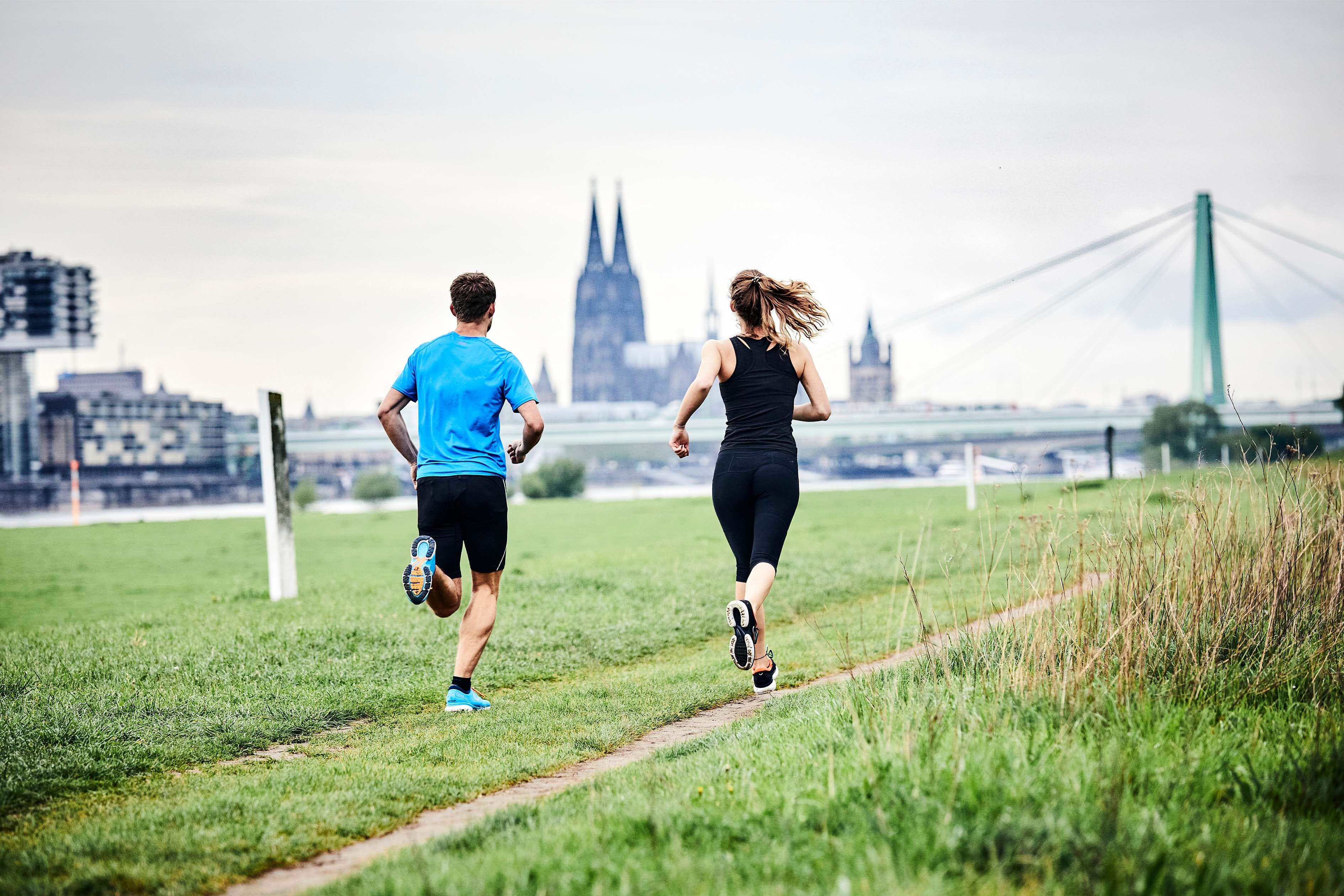
The fact that the foot moves inward when standing upright or even during stress in sports is quite normal. “Anyone can observe this for themselves,” says Prof. Brüggemann.
"If we didn't pronate, we wouldn't be human"
Do knock knees cause extreme overpronation?
Some athletes also assume that knock knees cause extreme overpronation. At first glance, this seems logical. For example, we might assume that with x-shaped legs, internal rotation increases when we bend our knees.
However, biomechanist Brüggemann can reassure: “There is not necessarily a correlation between an x-leg position and pronation.” As with pronation in general, the coupling between knee and foot is also very individual.
Stability shoes with medial posts as an (incorrect) answer to supination and overpronation
After overpronation was identified as the supposed cause of running-related injuries in the 2000s, the running shoe industry began to look for a solution. Their answer were stability shoes.
Rigid elements on the outside or inside of the running shoe, such as a firm foam under the arch of the foot, are supposed to reduce overpronation. “Controlling the pronation movement this way seems understandable at first,” says Andre Kriwet. After all, it prevents the foot from rolling inward. “But that’s exactly what makes the problem worse.”
Stability shoes interfere with the natural course of movement
This becomes clear when you look at the injury rates. Since 1980, they have remained at around 50%. Stability shoes have not been able to reduce the number of running-related injuries – and there’s a reason for that: they interfere with the natural, individual movement of our foot.
“Stability shoes shift the point of force application and thus the leverage forces on our knees,” explains Prof. Dr. Gert-Peter Brüggemann. This increases the pressure on the so-called compartment of the knee and adds tensile stress on the tractus iliotibialis. The consequences can be arthrosis in the inner knee joint, or runner’s knee.
Can we just ignore overpronation and supination?
The constant number of running-related injuries therefore shows that in most cases neither overpronation nor supination are the triggers. That’s why we usually don’t have to do anything when we supposedly overpronate or supinate while running.
“It can be beneficial to strengthen the intrinsic and extrinsic muscles of our foot,” explains biomechanics professor Brüggemann. Such muscles are, for example, the toe muscles. In these cases, specific foot exercises often help.
The same applies to extreme supination. Here, too, it helps to strengthen certain muscles – first and foremost the peroneus muscle. This can be achieved through stabilization and strength training, for example with a one-leg stand on a wobble board. Other common tips, such as insoles, are of little help in most cases, says Brüggemann
Proper running shoes reduce the risk of injury
It doesn’t matter whether we are neutral runners, overpronators or supinators – neither of these three running types are the cause of running-related injuries. In fact, supination or overpronation are not bad at all, but that is a myth, a widespread misconception. Because one thing is certain – running injuries are mainly caused by incorrect training and improperly fitting running shoes.
Wrong running shoes interfere with our natural musculoskeletal system. Thus they cause the points of force application in our bodies to shift. The consequences are discomfort, pain – and in the worst case even injuries. This is especially a problem with conventional running shoes that have protruding outsoles. Biomechanically developed running shoes, on the other hand, support our natural movement pattern. True Motion running shoes are therefore equally suitable for all types of runners.
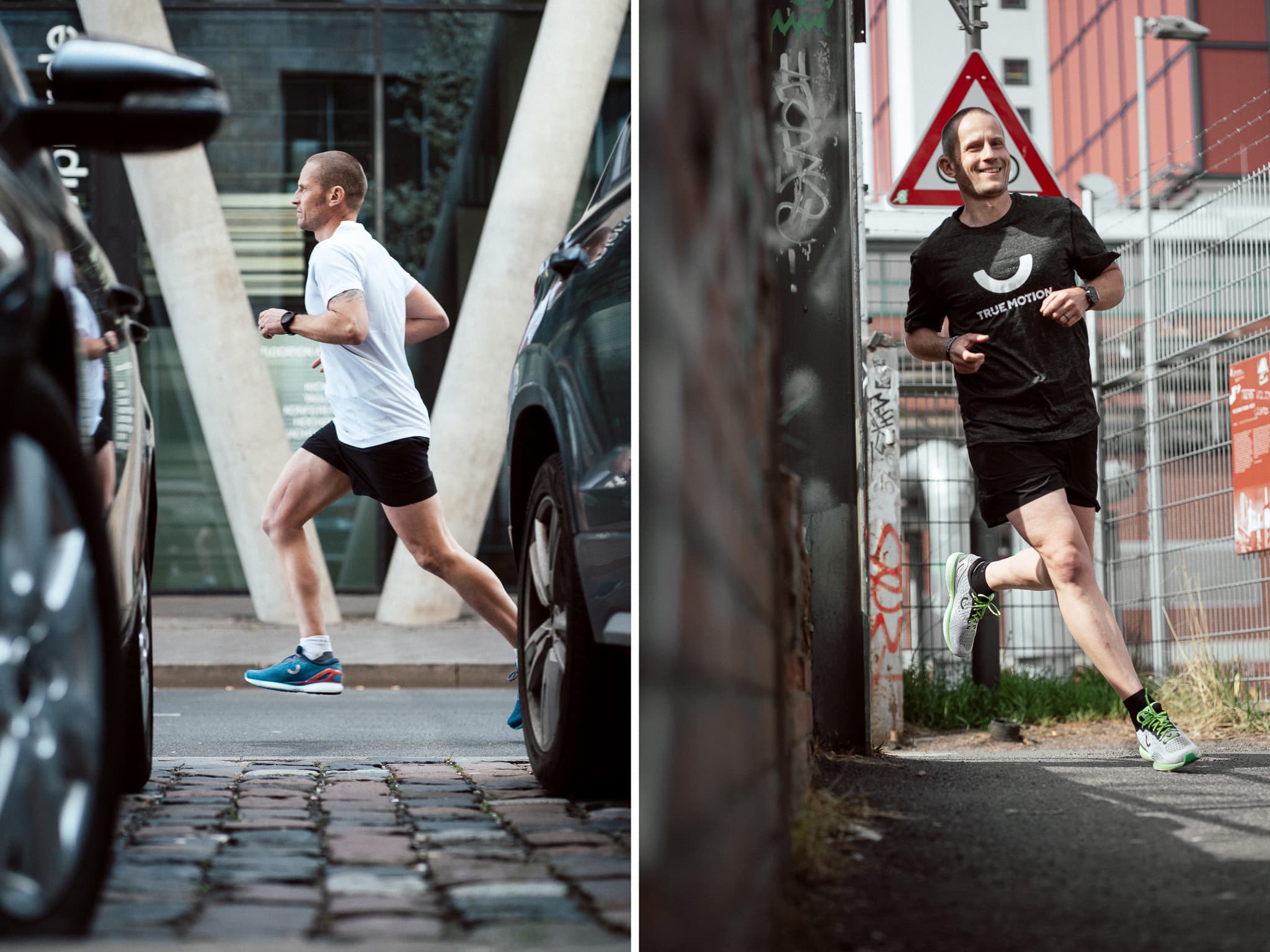
For example, True Motion’s U-TECHTM technology centers the ground reaction force. As a result, leverage forces at the ankle and knee joints are minimized. “This prevents the causes of both increased eversion and adduction from the outset,” explains Prof. Dr. Gert-Peter Brüggemann. Our knee is loaded as intended by nature.
The fact that due to the force centering of the U-TECHTM technology the foot is not pushed inwards in the first place can therefore prevent running-related injuries. Among other things, a large-scale study has shown that True Motion running shoes put 10% less stress on the knee, compared to conventional neutral and stability shoes. The performance is comparable.
Tip: how to find the right running shoes with our comfort filter
Which running shoe is the right one varies from person to person. Some runners prefer less cushioning, others prefer it soft. When we are looking for new shoes, we should listen to our body.
“The running shoe that feels best to us personally is also the right one,” says running shoe developer Andre Kriwet. This effect is called a “comfort filter”. If you listen to it, you’ll be all set for your next test run.
DISCOVER RUNNING SHOES
FROM TRUE MOTION

NEVER RUN OUT OF
NEWS
Discover all True Motion stories – and be the first to hear about new products, promotions and events. Simply, center your run!
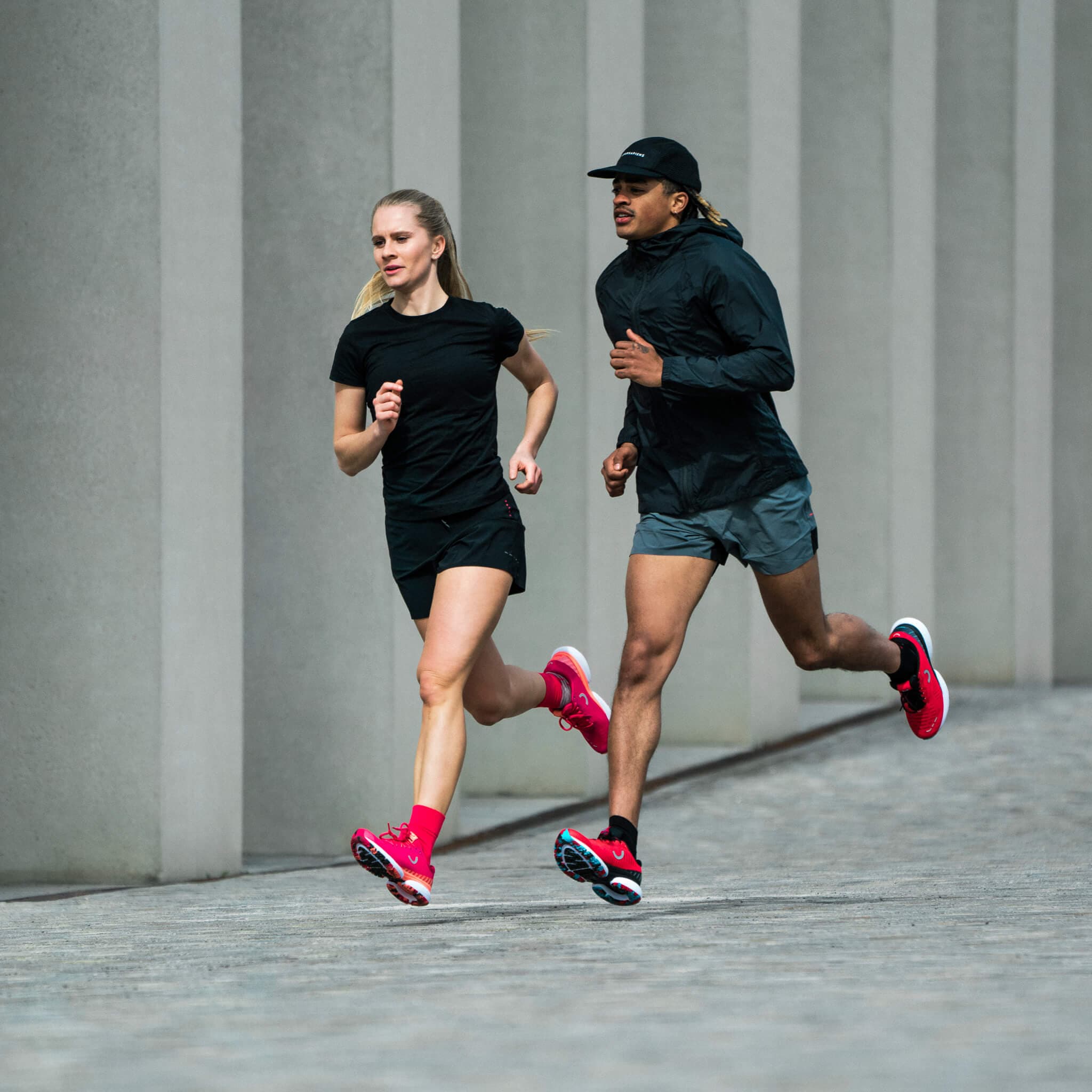
NEVER RUN OUT OF
NEWS
Discover all True Motion stories – and be the first to hear about new products, promotions and events. Simply, center your run!
READ THE NEWEST
U-RUN STORIES
Sabrina Mockenhaupt: This shoe got me running again
2025-10-31

Sabrina Mockenhaupt has achieved everything that many runners dream of. Running was and is her life, until the pain eventually became too much. Today, she is running pain-free again – this is her story.
Laura Schmidt: I have rediscovered running for myself
2025-03-07
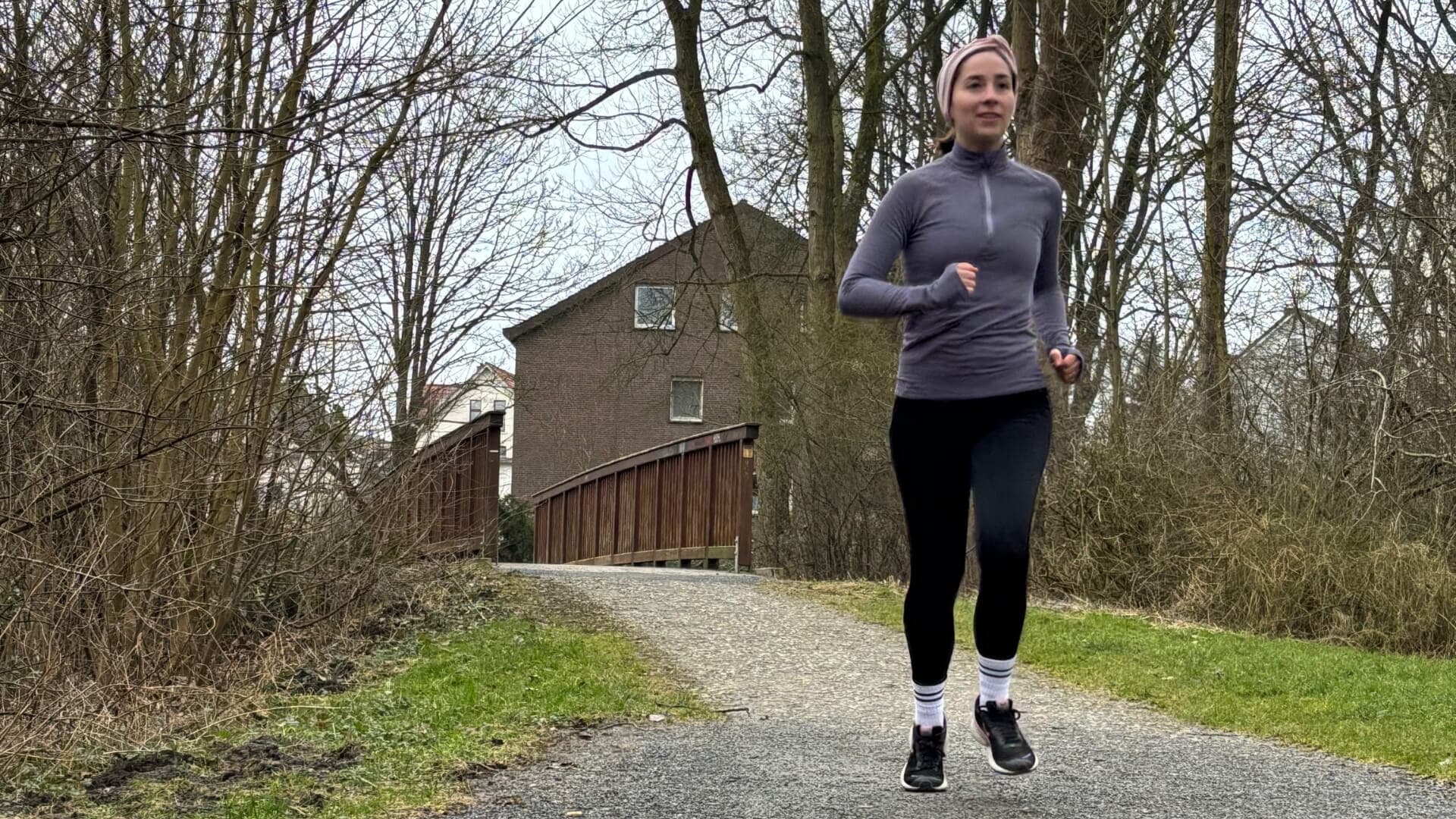
My name is Laura. I started running eight years ago – to clear my head after work. But knee pain kept me from being able to run regularly. A new pair of running shoes was finally the solution. Today I run pain-free. This is my true runner story.
READ THE NEWEST
U-RUN STORIES
Sabrina Mockenhaupt: This shoe got me running again
2025-10-31

Sabrina Mockenhaupt has achieved everything that many runners dream of. Running was and is her life, until the pain eventually became too much. Today, she is running pain-free again – this is her story.
Laura Schmidt: I have rediscovered running for myself
2025-03-07

My name is Laura. I started running eight years ago – to clear my head after work. But knee pain kept me from being able to run regularly. A new pair of running shoes was finally the solution. Today I run pain-free. This is my true runner story.
RECOMMENDED BY



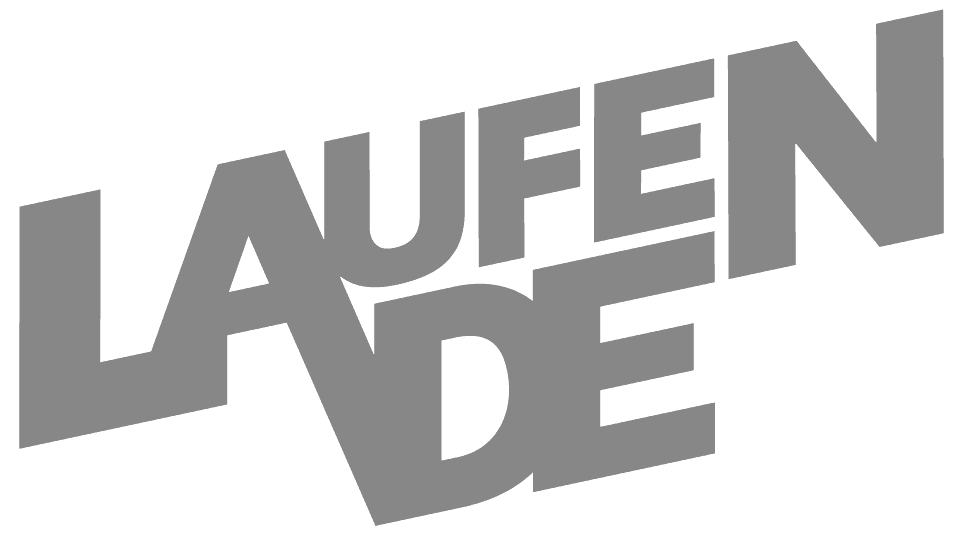




RECOMMENDED BY








GET 10 % OFF YOUR FIRST ORDER!
Get your personal running updates with exclusive discounts, product news, training plans and tips for healthy running - straight to your inbox. 10% discount on your next order.
SERVICE
ABOUT US
© 2025 True Motion Running GmbH

